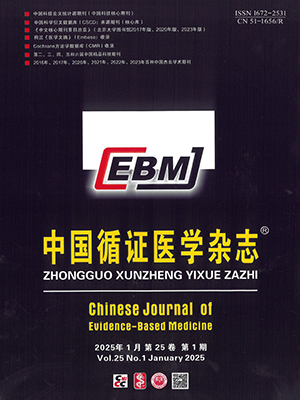Objective To evaluate the diagnostic accuracy of procalcitonin (PCT) for ventilator-associated pneumonia (VAP).
Methods We searched MEDLINE, EMbase, The Cochrane Library, CBM, BIOSIS to identify all diagnostic tests which evaluated the diagnostic value of PCT in patients with VAP. QUADAS items were used to evaluate the quality of the included studies. Pooled sensitivity, specificity, positive likelihood ratio (+LR), negative likelihood ratio (-LR), summary receiver operating characteristic (SROC) curve, and the heterogeneity of the included studies were calculated by using the Meta-disk software.
Results Five studies which were identified from 103 references met the inclusion criteria. The summary sensitivity, specificity, +LR, and –LR values were 0.70 (95%CI 0.62 to 0.77), 0.76 (95%CI 0.69 to 0.82), 5.651 (95%CI 1.237 to 25.810), and 0.349 (95%CI 0.155 to 0.784), respectively. Overall area under the curve (AUC) of SROC curve was 0.884 (DOR=19.416, 95%CI 2.473 to 152.47), demonstrating significant heterogeneity (I2 gt;50%).
Conclusion The use of PCT for VAP diagnosis has only a moderate sensitivity and specificity. Although the overall accuracy of VAP diagnosis is relatively high, there is significant heterogeneity between the studies, so more high-quality studies are needed. Besides, using PCT alone to diagnose VAP is not sufficient, and a combination with other clinical evaluations is necessary.
Citation: LIAO Xuelian,DENG Yiyun,KANG Yan. Value of Procalcitonin in Diagnosing Ventilator-Associated Pneumonia: A Systematic Review. Chinese Journal of Evidence-Based Medicine, 2010, 10(8): 910-915. doi: 10.7507/1672-2531.20100519 Copy
Copyright © the editorial department of Chinese Journal of Evidence-Based Medicine of West China Medical Publisher. All rights reserved




